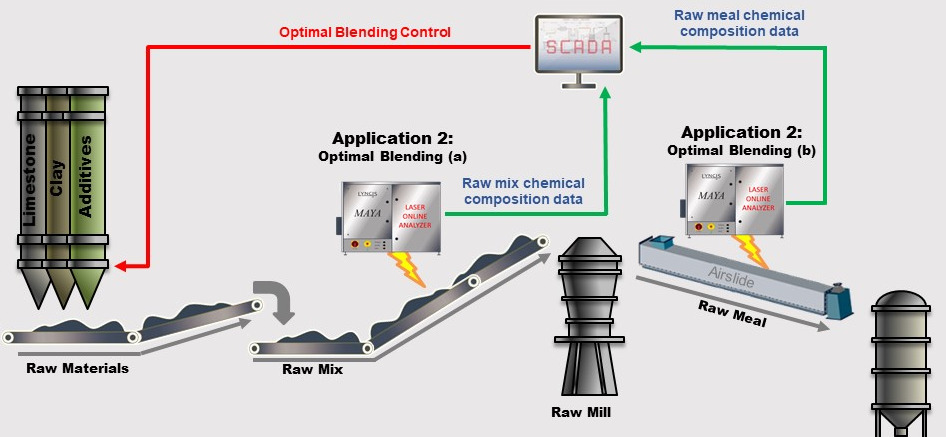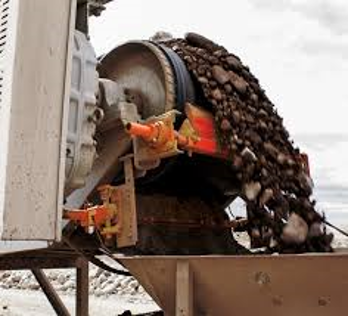Introduction
Variations in the chemical composition of raw materials pose the challenge of making a perfect blend of raw mix to get the required quality of raw meal and finally the required quality of cement. The chemical composition of raw materials varies between different quarries, suppliers and even between different locations of the same quarry. Controlling the dosage of raw components by collecting samples for laboratory analysis provides very limited control as the results arrive too late to adjust the dosage. Fortunately, online analyzers provide the chemical composition in real-time allowing proper and timely dosage of raw components. But which location is optimal for installing an online analyzer? Is it before or after a raw mill? What are the advantages and disadvantages of installing it on the conveyor to analyze the raw mix between installing the analyzer on the airslide to analyze the raw meal?

The Pros and Cons of Conveyor and Airslide
At first glance it looks like installing the analyzer on the conveyor is preferable as you could get the chemical composition of the raw mix before you load it to the raw mill. In such case, you could correct all deviations from the recipe by adjusting the dosage of raw components – limestone, clay, sand, iron ore, bauxite ore and other materials specific to your technology before you load the raw mill.

However, the accuracy of analysis of the material on the conveyor may be lower than on an airslide. Different materials are stored in different bins and deposited sequentially on a conveyor belt resulting in layering which may introduce inaccuracies. Layering may affect the analytical performance of all types of analyzers despite analyzer technology. Fortunately layering is eliminated after several transfers of the material from one conveyor to another, as the material mixes during each fall.
Installing an online analyzer on an airslide allows analysis of raw meal after it exits the raw mill. Although there is a delay due to the time material spent in the raw mill, still it’s not too late to use chemical composition data for adjustment of dosage. Also, in this case, you analyze the material which is perfectly mixed and comes as a fine powder therefore the accuracy of the analysis is expected to be higher. In addition, it’s much easier to handle fine powder when collecting the samples for analysis in a laboratory for calibration purposes, because the smaller the particles of the sample, the less of the material is needed.

In both cases, you can use the real-time data for dosage adjustment of raw components to get the optimal blend. Modern online analyzers can be connected to a plant’s control system. The real-time data can be monitored by the operator who makes changes in dosage manually. Alternatively, the dosage can be automated by setting the analyzer to work in a closed-loop mode with the plant’s control system and dosage equipment. Often it is easier to start with manual dosage and move to an automated one after streamlining the processes.
Closing
Both the conveyor before the raw mill and the airslide after it are suitable locations for installing an online analyzer for optimal blending of raw mix. The conveyor installation location allows a shorter time between receiving analysis results and dosage adjustment but requires the elimination of layering. While the airslide installation location ensures more accurate analysis and still offers acceptable timing. Different designs of cement plants may prevent installation in one of those locations and therefore each process diagram must be analyzed individually.
About the Author

Mindaugas Dailide is an experienced sales professional with a technical background focused on delivering optimal solutions to customers.



[…] Finally – you should think of the accuracy right from the start of the project when choosing an installation location for an online analyzer. Often locations allowing minimizing of systematic segregation and thus maximizing accuracy are located close to discharge chutes and can be identified by studying process diagrams. For a discussion on optimal installation location please check our post: https://www.lyncis.lt/conveyor-or-airslide/ […]